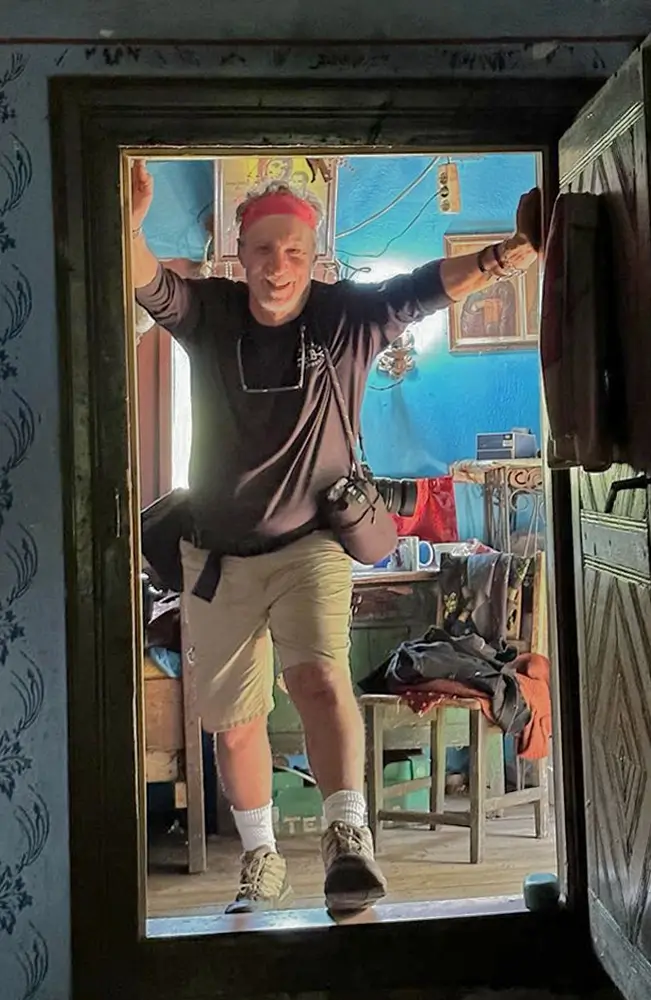The sense of adventure that comes with exploring new places and meeting new people is what keeps me interested in street photography. A fellow photographer once told me, “There are two reasons people travel: the first is to see something new, the other is to experience something old.”
I have always been a passionate photographer. I look for that decisive moment, and I am constantly in search of that special magical light, interesting faces that reveal personal history, hands that tell a story, and amazing eyes that convey emotion, but most of all, I try to capture that moment of interaction. I instinctively look for the colors, shapes, and textures in a defined area. As a lifelong traveler, I look for a street, alleyway, or even the face of a person that conveys meaning to their surroundings.
Every Face Has A Story
I had the opportunity to visit the country of Romania and quickly fell in love with the people, their traditions and the magical countryside villages. Traveling through these Romanian villages high in the Carpathian mountains, I learned that their life style and traditions are quickly vanishing because the younger members are leaving the hard mountain life and have moved to the larger cities where life is clearly much easier.
Everyone I met and spent time with are living alone high in the mountains because they refuse to leave their homes and leave behind their Romanian traditions, and each always welcomed me into their homes. These photographs give a close-up glimpse into their life and charm of the Romanian people.
